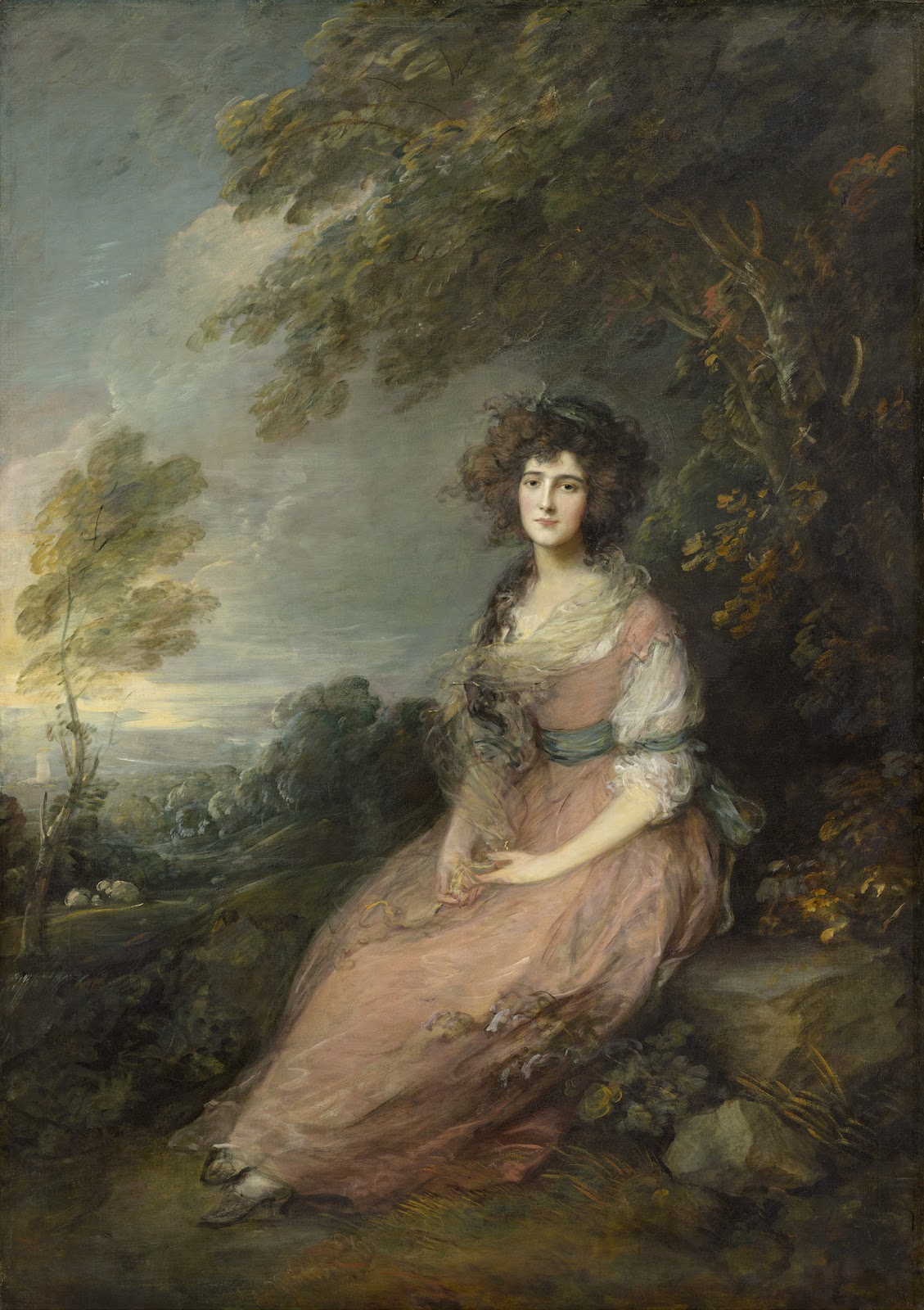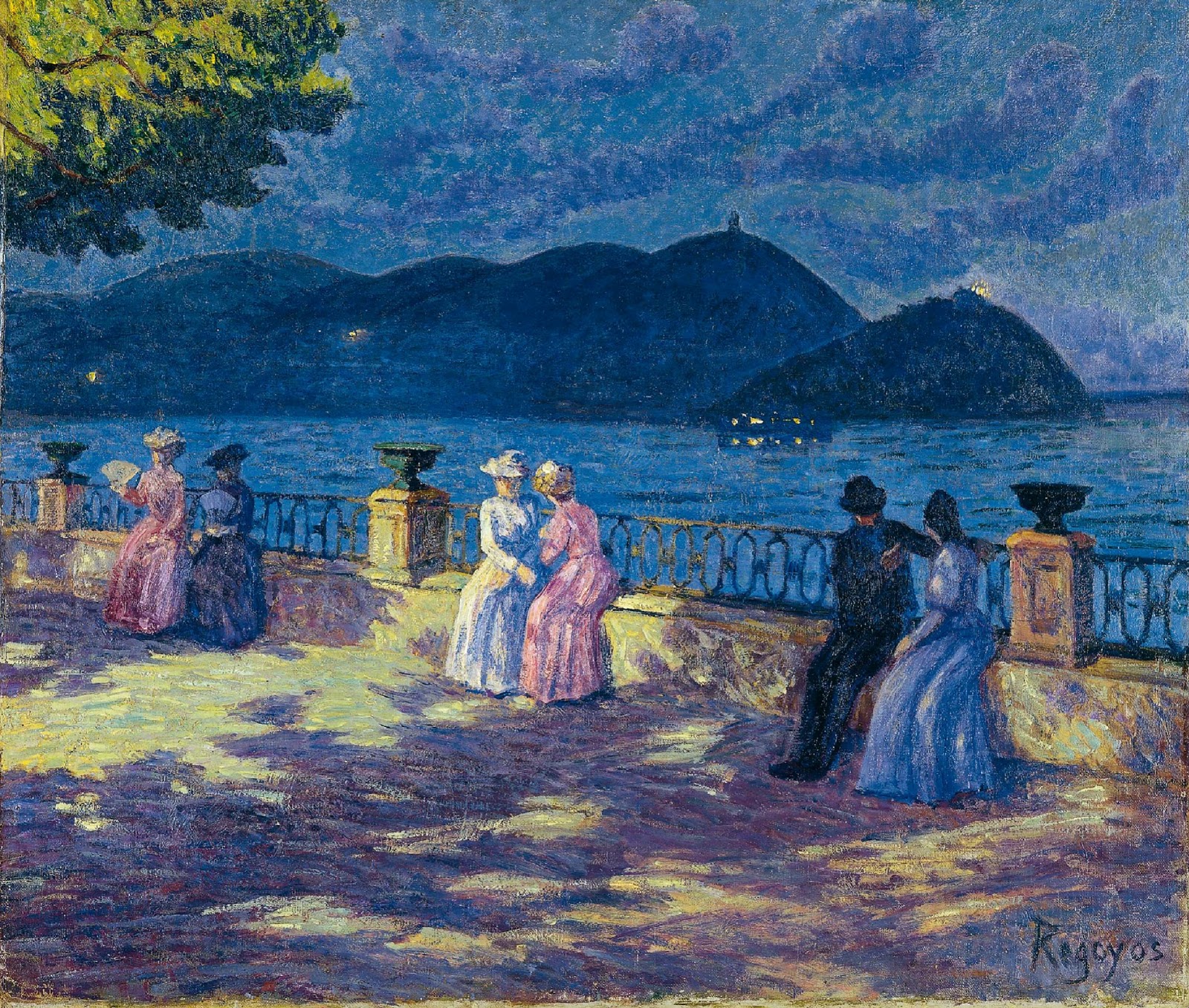Tate, Britain / The portrait and landscape painter Thomas Gainsborough (1727-1788)🎨 was born at Sudbury, Suffolk, the fifth son of a cloth merchant.
He was apprenticed at the age of thirteen to a London silversmith, and was taught by Hubert Gravelot, a French book-illustrator.
By 1745 he had established his own studio in London. He married Margaret Burr in 1746, and by 1748 had taken up residence in Suffolk.
He moved to Ipswich in 1752, and settled at Bath as a portraitist in 1759.
He took as an apprentice his nephew, Gainsborough Dupont (1754-97) in 1772.















